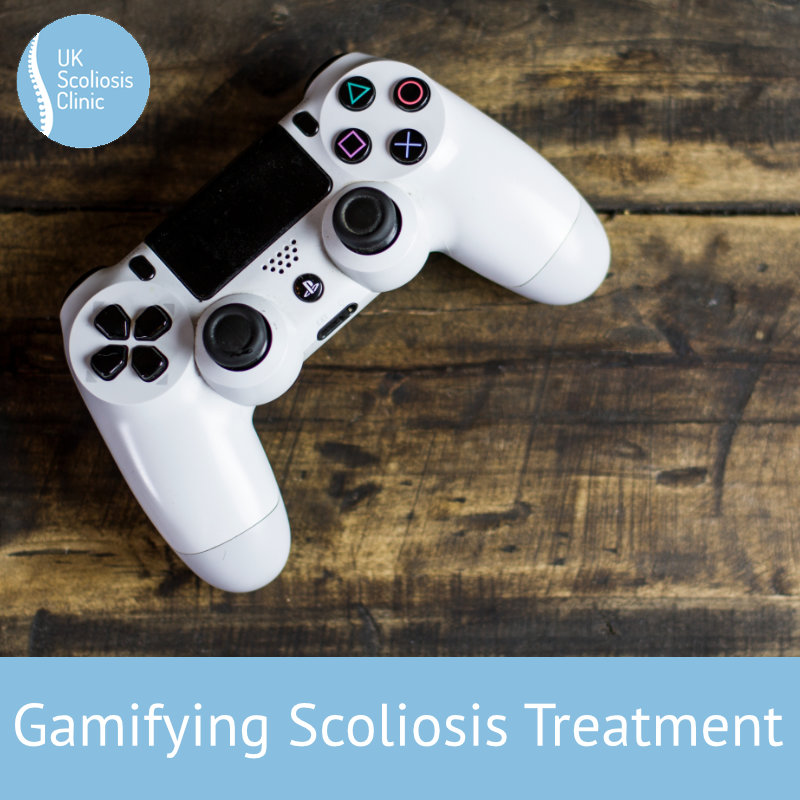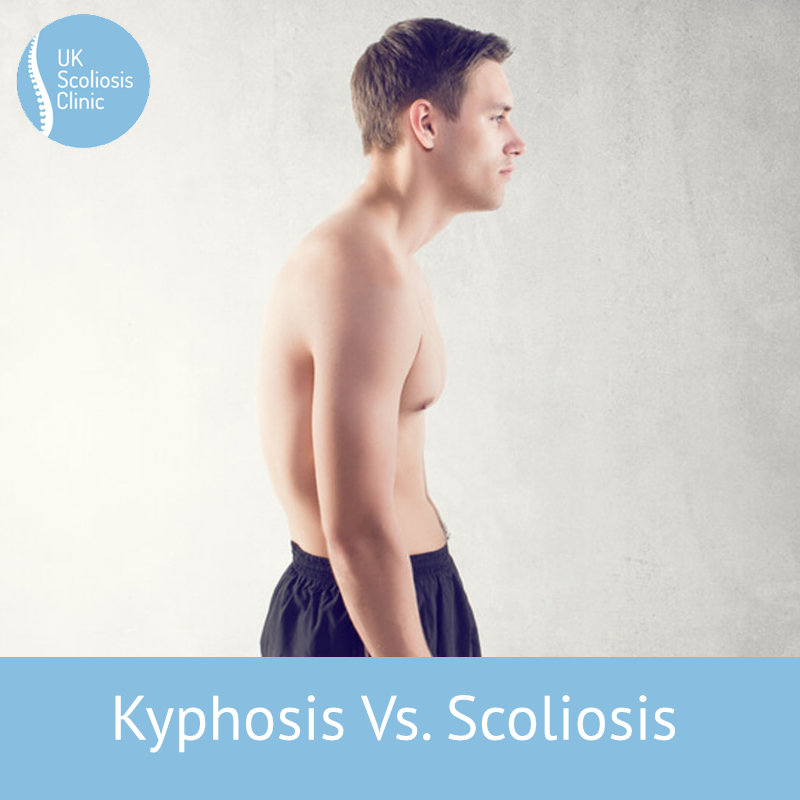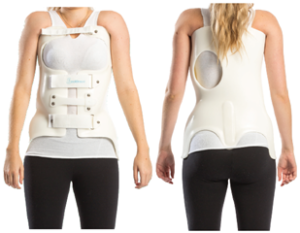
One of the most important factors in delivering successful scoliosis treatment is ensuring that patient compliance is high enough to derive a positive outcome. Put simply, treatment only works if you actually do it!
In terms of bracing, it’s easy to measure compliance – a brace is either worn, or it is not. If the brace is being worn, the treatment is being applied, if it is not, the brace does no good. Actually measuring bracing compliance has been a methodological issue in many bracing-based studies, since patients often do not accurately report the length of time for which they really wore the brace. More recent studies have relied on temperature based sensors to objectively measure when a brace is, or is not, being worn, which has been successful from the point of view of study investigators and is generally viewed favourably by patients.[1]
When it comes to scoliosis specific exercises, however, the picture is more complicated – patients must perform their exercises daily in order to have any chance of success, however, they must also perform them correctly. Therefore, simply taking the time to do a scoliosis specific exercise regime does not guarantee results – you must also ensure that you do it right from start to finish. The need to perform exercise regularly and correctly is a limitation which needs to be considered especially when working with younger children – it’s no slight on any young person to question whether they will have the strength and indeed memory, to be able to perform exercises with precision every single day. What’s more, studies have actually shown that young children perform better when higher volumes of feedback are given – by contrast, in adults, less feedback leads to higher precision[2] , therefore, home-based exercise approaches may lend themselves more naturally to adults, although it is often children with smaller curves who stand the benefit the most from them.
Gamifying Treatment
One novel, but interesting approach to this problem has been to develop video games and interactive apps which can guide young children in performing these kinds of exercises – these have the dual benefit of providing the additional feedback children seem to desire, and also adding some fun to what can be an otherwise boring routine. One recent study looked at the effectiveness of a so called “Physiogame”, developed by the IT department of the FH JOANNEUM, University of Applied Sciences, Graz, Austria.[3] The concept is simple, but effective – using the game with an interactive controller the player is instructed so that they remain within a desired splaying space and adopt correctly the 3D positions of the trunk and extremities which are individually adjusted to the corrective posture desired – the game only continues when the posture is correct. This provides both motivation and constant feedback which suits the need of younger participants.
A recently study[4] examing the impact of using such a game showed some real promise for this approach – While the study was small scale (8 patients) and the actual use time of the game in question varied, significant improvements in the accuracy of exercise performed were observed.
In the first month, the participants managed to stay in the predefined 3D space 73% of the gross playing time, and by the last month of the observation period, this increased to 83%. The children improved their performance of the exercise on average by 15%. The improvement in staying in the corrective posture autonomously and being able to focus more on the game was reflected in the average increase of positive hits per second in-game: they increased from 0.33 in the first month to 0.56 in the last month, for an average increase of 66%.[5]
As part of the program, participants were also asked to evaluate their own performance – interestingly, the study showed that the self-assessment of general performance (“today I did well”) stayed almost the same over the study period, with an average of 2.7 (good) in the first month and 2.3 (very good) in the last month. Similarly, self-assessed stabilization of the vertebral column changed only slightly from 2.6 (good) in the first month to 2.3 (very good) in the last month[6] – hence, the patients improved in their accuracy of exercise without actually being aware of it.
Further research
The study authors conclude that further research into the use of these kinds of “gamified” treatments may well pay dividends, especially for younger patients. In the post-covid world, where pandemic resilience and an increased desire to perform more tasks from home are a key features, this kind of interactive “take-home therapist” may well play a key role in treatment in the future.
[1] Sabrina Donzelli et al. Adolescents with idiopathic scoliosis and their parents have a positive attitude towards the Thermobrace monitor: results from a survey Scoliosis and Spinal Disorders volume 12, Article number: 12 (2017)
[2] Sullivan KJ, Kantak SS, Burtner PA. Motor learning in children: feedback effects on skill acquisition. Phys Ther. 2008;88(6):720–32.
[3] Lohse K, Shirzad N, Verster A, Hodges N, Van der Loos HF. Video games and rehabilitation: using design principles to enhance engagement in physical therapy. J Neurol Phys Ther. 2013;37(4):166–75.
[4] Christine Wibmer et al. Video-game-assisted physiotherapeutic scoliosis-specific exercises for idiopathic scoliosis: case series and introduction of a new tool to increase motivation and precision of exercise performance Scoliosis and Spinal Disorders volume 11, Article number: 44 (2016)
[5] Christine Wibmer et al. Video-game-assisted physiotherapeutic scoliosis-specific exercises for idiopathic scoliosis: case series and introduction of a new tool to increase motivation and precision of exercise performance Scoliosis and Spinal Disorders volume 11, Article number: 44 (2016)
[6] Christine Wibmer et al. Video-game-assisted physiotherapeutic scoliosis-specific exercises for idiopathic scoliosis: case series and introduction of a new tool to increase motivation and precision of exercise performance Scoliosis and Spinal Disorders volume 11, Article number: 44 (2016)

















